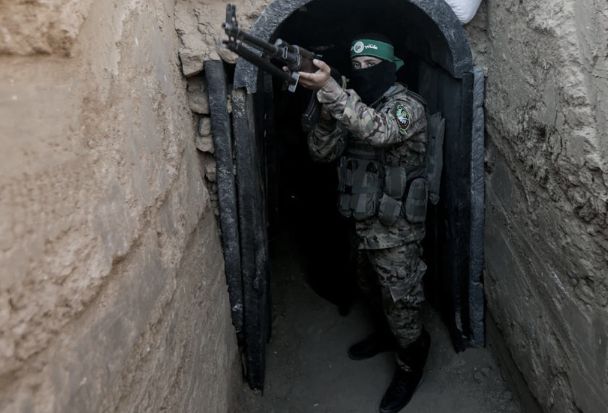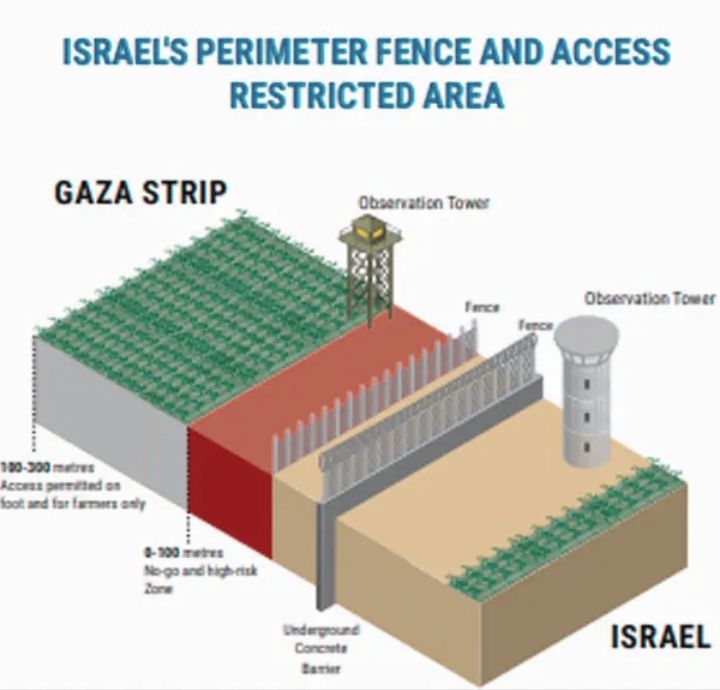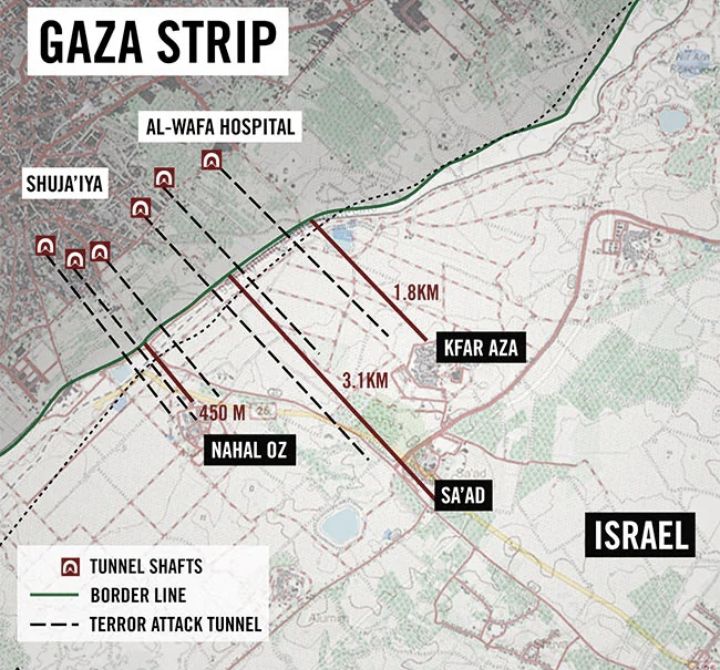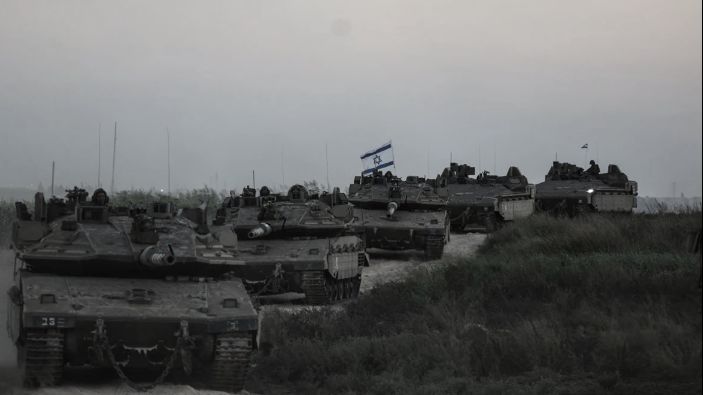In response to criticism about the targeting of residential buildings, Israeli soldiers have claimed that Hamas members hide in tunnels beneath the ground.

Hamas claims the tunnel network is 500 km long
As Israel prepares for an all-out ground invasion in the Gaza Strip, one of the most significant challenges is Hamas’ enormous tunnel network beneath Gaza. Several experts have cautioned that if Israel launches a ground operation, it will lose its firepower advantage and will have to battle the enemy on its territory. A crucial part of Israel’s enormous security issue is the densely populated area with a network of tunnels. An Israel Defense Forces official said Wednesday that they are targeting elements of the tunnel network, but it will be a difficult battle.
‘Gaza Metro’ tunnels built by Hamas
The Israel Defense Forces stated in 2021 that they had destroyed more than 100 kilometers of Hamas tunnel networks. The tunnel, according to Hamas leader Yahya Sinwar,Gaza’s network is 500 kilometers long, with barely 5% destroyed. To put this in context, the entire Delhi Metro network is around 392 kilometers long. And Delhi is four times the size of Gaza, demonstrating how complex the underground network in Delhi is.
In response to international condemnation of the targeting of civilian buildings, Israeli forces have often claimed that Hamas members hide in tunnels beneath the civilian buildings. Since assuming control of the Gaza Strip in 2007, Hamas has tried to develop the city’s tunnel networks as well as beyond the Gaza-Israel border.

The tunnels are referred known as the ‘Gaza Metro’ by Israeli forces due to its intricate network. Previous footage of similar tunnels shows lights fitted inside and plenty of area to conceal guns and ammunition. Because the walls are composed of cement, it has been claimed that humanitarian aid to Gaza was redirected to build infrastructure for Hamas activities.
The Role of Tunnels in the October 7 Attacks

Now for the big question. Israel’s border fence with Gaza is 30 feet high and includes an underground concrete barrier. So, unless Hamas agents dug tunnels under the fence and the barrier, how did they infiltrate Israel undetected? The cross-border tunnels are primitive in comparison to the more advanced tunnels within Gaza City, according to Reichman University faculty member Dr Daphne Richemond-Barak. “The cross-border tunnels are often crude, with little fortification. “They are dug for a single purpose: to invade Israeli territory,” she explains.
She claims that the tunnels inside are “equipped for a longer, sustained presence.” “The leaders are hiding there, they have command-and-control centres, they use them for transport and lines of communication,” she said.
History Of Gaza Tunnels
Before Hamas took control of Gaza Strip, the tunnel network was used for smuggling. Following Israel’s disengagement from Gaza in 2005 and the 2006 polls that Hamas won, Israel and Egypt started restricting the movement of goods and people across their borders with Gaza.

As it prepares for a ground offensive, Israel’s primary worry is the safe return of the 150-odd hostages held by Hamas operatives. According to Reuters, an Israeli security source believes the hostages may have been kept underground.

“Most of the targets, people, equipment, and logistics are underground, and it’s possible that the hostages are underground as well.” The goal will be to level the ground so that access to the underground bunkers can be gained, according to the source. While Israel will rely on bunker buster bombs and Merkava tanks, it will also have to contend with booby traps and Hamas operatives who are well-versed in the underground and can use it to strike, hide, and escape. Dr. Richemond-Barak explained to the BBC how Hamas came to be.
There is plenty of time to sabotage the tunnel network. “They could just let the soldiers enter into the tunnel network and then eventually blow the whole thing up,” she told me.
According to Saleh Al-Arouri, deputy chief of Hamas’ politburo, before Hamas attacked Israel, its defense plan “was stronger” than its attack plan. The UN has expressed worry about the humanitarian crisis facing Gaza’s two million people as Israel planes hit buildings. As the death toll rises, Tel Aviv will almost certainly face international pressure to de-escalate. The Gaza tunnels may assure that Israel faces a long fight with insufficient time.
